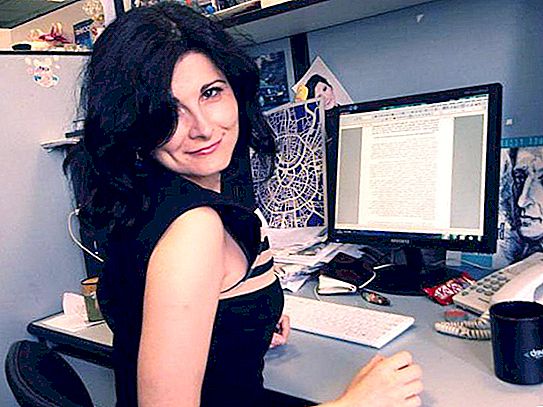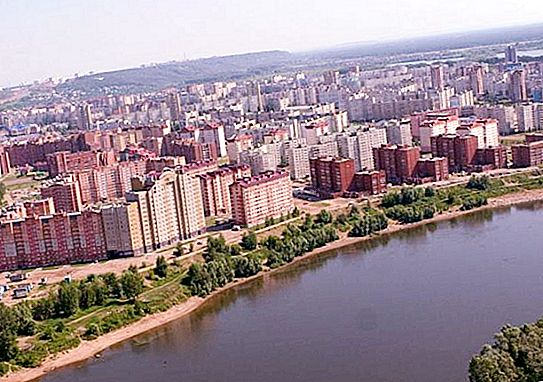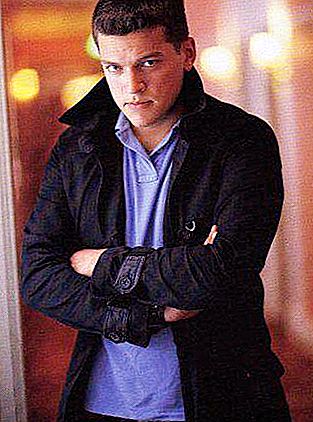Within walking distance from the Volkovskaya metro station, on the territory of the Volkovsky cemetery, is the famous necropolis, called the Literary Bridges. The monument attracts attention by the fact that it is the burial place of many prominent personalities who lived in the 19th and 20th centuries: writers and poets, composers and actors, scientists and public figures rest here. Since 1933, the cemetery has been considered closed, but in rare cases, burials are still held here. Today, more than 500 tombstones are available to visitors, representing both cultural, historical and artistic value.
In order to realize the cultural value that this object has, it is necessary to mention who is buried on the Literary Bridges of the Volkovsky Cemetery.
History reference
The cemetery itself was founded in 1756 and was intended for the poor. For several decades, the place was not landscaped, it was completely difficult to reach some sites due to the absence of any roads and paths.
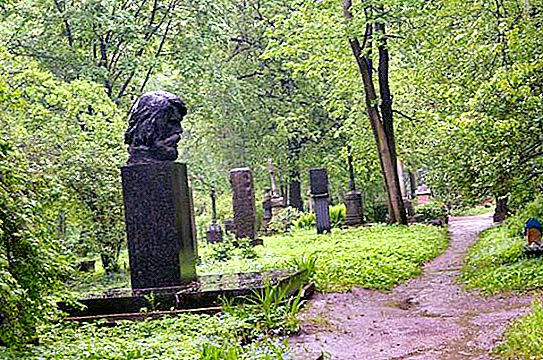
The history of the Literary Bridges of the Volkovsky Cemetery in St. Petersburg dates back to 1802, when the famous writer and public figure Alexander Radishchev, author of Travel from St. Petersburg to Moscow, was buried here. The location of the grave is unknown, the tombstone is also not preserved. However, information about the burial is contained in church reports, and in 1987 a corresponding memorial plaque was opened on the territory of the necropolis.
Early burial
One of the earliest burials dates back to 1831, when Anton Delvig, a friend of Pushkin, was buried in the Volkovsky cemetery. Literary Bridges at that time did not exist as a separate cultural object, and the poet’s ashes a hundred years later were transferred to the Tikhvin cemetery of the Alexander Nevsky Lavra, however, in the context of the events associated with the formation of the necropolis, this event should be noted.
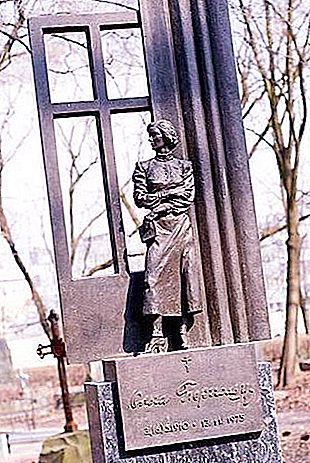
In 1848, the famous critic V. G. Belinsky was buried here, and in 1861, N. A. Dobrolyubov. Their tombstones are located nearby and surrounded by a common cast-iron fence. Nearby lies another famous domestic critic, D.I. Pisarev.
The end of the XIX - the beginning of the XX century
Later, closer to the end of the 19th century, the famous writers M.E. Saltykov-Shchedrin, I.S. Turgenev, N.S. Leskov, A.I. Kuprin and many others were buried here. In the XX century, when it was decided to transfer or destroy some cemeteries of the city, the remains of I. A. Goncharov, A. A. Blok and other prominent representatives of Russian literature, art, science were transferred to the necropolis. In some cases, however, only memorials were transported, but not the ashes of the deceased.
Despite the fact that the object of cultural heritage is called Literary Bridges, scientists, revolutionaries, representatives of various professions who have gained fame and respect in their field of activity are also buried in the Volkovsky cemetery. The famous doctors, academicians I. P. Pavlov and V. M. Bekhterev, the creator of the periodic table of chemical elements D. I. Mendeleev, the traveler and ethnographer N. N. Miklukho-Maclay, the inventor of the radio A. S. Popov are resting here.
In 1935, the object became part of the State Museum of Urban Sculpture.
How to get there
The nearest metro station with which you can reach the necropolis is Volkovskaya. The question of how to get to the Literatorskiye Mostki Volkovsky cemetery should not arise: immediately after leaving the metro you can see the graves on the opposite side of the road. The desired site, where the necropolis is located, is located in the northern part of the cemetery. Accordingly, in order to achieve the goal, the visitor will need to go around the perimeter, walking along the fence along Kasimovskaya street, passing into Kamchatka.

Another way is to get off at the Obvodny Canal metro station and take the bus number 74, which goes to the desired destination. You will need to drive 7 stops, the final point of the route will be located on the right hand relative to the direction of movement.
Finally, you can go to the Ligovsky Prospekt station and wait for the tram number 49 or 25. Any of the above methods will take you to Literatorskie Mostki, and in order not to be mistaken, you can ask the conductor to notify you of the required stop. The purpose of the trip in this case will be on the left.
Opening hours and excursions
The cultural site is open for visitors on weekends, as well as on weekdays - the exception is Thursday, when the museum is closed. The opening hours of the Literary Bridges of the Volkovsky Cemetery in the summer are from 10 to 19 on any of these days. In the period from September to May, admission to the territory is from 10 to 17 hours.
In addition, there are various excursions during which visitors can not only look at the resting places of the great, but also learn a lot about their biography, as well as the history of the necropolis itself, which is much more interesting than it might seem at first glance.
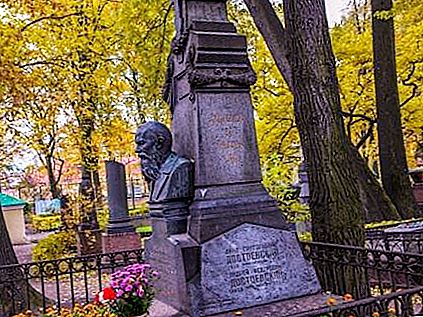
The cost of a ticket for an independent visit is only 100 rubles, and for categories of citizens with benefits - 50 rubles. The cost of excursions can vary depending on the duration and starts from 1000 rubles. At the same time, on Thursdays, when the Literary Bridges of the Volkovsky Cemetery are closed for independent visits, excursion service is carried out as usual.
For inquiries or booking excursions, you can use the phone number indicated on the official website.

